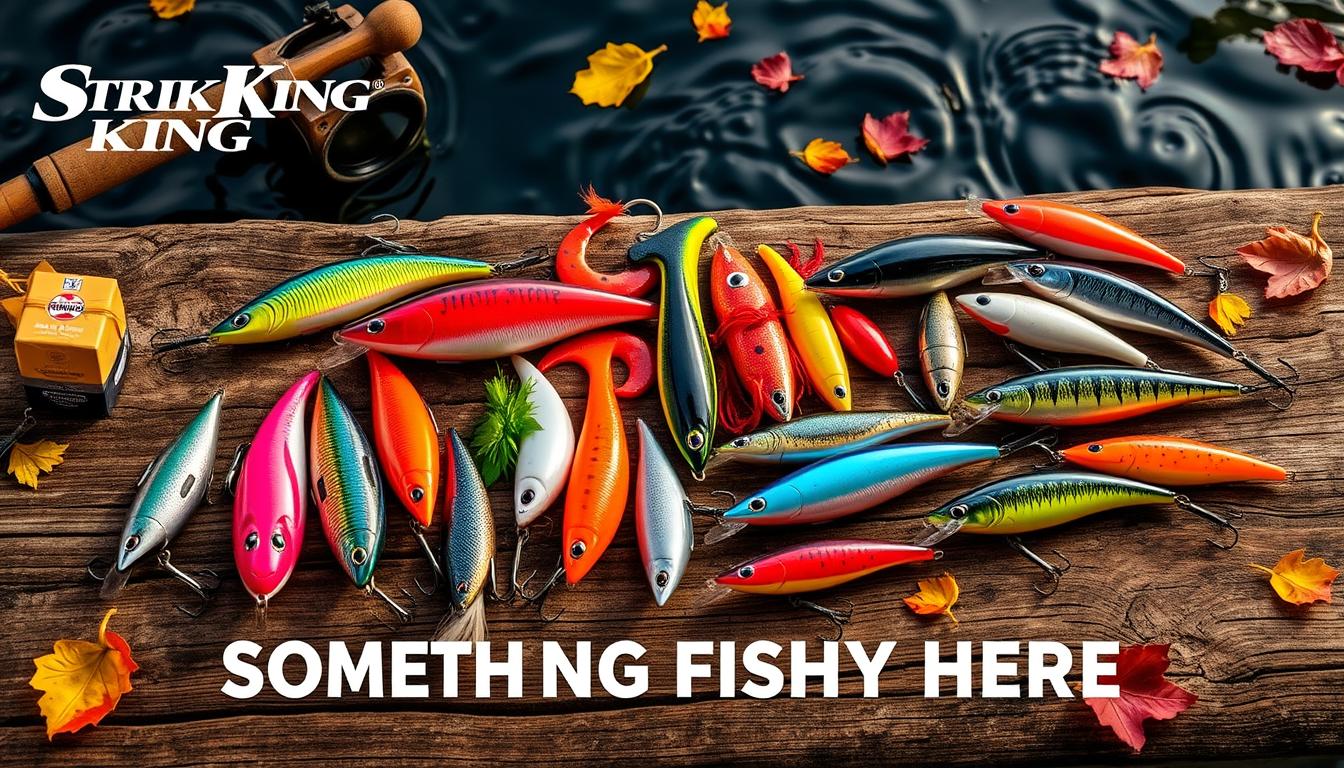Bass lurking in grassy areas present a unique challenge for anglers. The dense cover offers both an ambush point for the fish and a graveyard for lures snagged on weeds. The shaky head worm, however, excels in this scenario, offering a finesse presentation that bypasses snags while enticing reluctant bass. This article dives deep into rigging a shaky head worm specifically for bass fishing in grass, exploring essential tackle choices, effective techniques, and pro tips for maximizing your success.
Gear Up for Grassy Battles: Selecting the Right Shaky Head and Worm
The key to shaky head success in grass lies in choosing the correct components that work together seamlessly. Here’s a breakdown of the crucial elements:
- Shaky Head Jig: <<<<<<Buy Here
- Weight: Opt for lighter jig heads (1/16th oz to 1/8th oz) in heavily matted grass. Heavier options (1/4th oz) might be suitable for sparse grass or deeper water.
- Head Design: Consider using a “stand-up” jig head design. This flat-bottomed head ensures the worm stays upright with a tempting wobble, even amidst thick grass.
- Hook Size: A size 1 or 1/0 hook offers a good balance between hook penetration and finesse.
- Shaky Head Worm: <<<<<<SHOP AMAZON NOW!
- Material: Choose a soft plastic worm with a subtle action. Consider finesse worms made from ElaStik material or similar plastics that exude a lifelike quiver as you shake the rod tip.
- Length: Worm length can vary depending on personal preference and grass density. A 4- to 6-inch worm is a versatile choice, with shorter options offering better weed passage and longer ones providing a bigger profile.
- Color: Natural colors like green pumpkin, black, or brown often perform well in grassy areas. Experiment with darker hues in stained water and lighter colors in clearer water.
Brands and Recommendations:
Here are some popular choices for shaky head jigs and worms to get you started:
- Shaky Head Jigs: Reaction Tackle Stand-Up Shaky Head Jigs, VMC Stand Up Shaky Head Jig, Frenzy Nail Shaky Head
- Shaky Head Worms: Zoom Ultra Finesse Worm, Yamamoto Shad Shape Worm, Z-Man Finesse TRD Worm
Additional Gear:
- Rod: A medium-light action spinning rod with a 7′ to 7’6″ length provides good casting accuracy and enough power to handle aggressive bass.
- Reel: A spinning reel with a size 2000-3000 spool loaded with 6- to 8-pound fluorocarbon line offers good line control and sensitivity for feeling bites.
Rigging the Shaky Head Worm for Grass Fishing
Now that you have the right tools, here’s a step-by-step guide on rigging your shaky head worm for grassy areas:
- Hook the Worm: Thread the hook point of the jig head through the head of the worm for about a ¼ inch. Don’t push the hook point all the way through yet.
- Secure the Worm: Pinch the body of the worm where the hook point will exit and carefully push the hook point through the side of the worm. This creates a weedless presentation that reduces snags.
- Adjust for Weed Density: For heavily matted grass, you can further weed-proof your rig by trimming a small portion (⅛ to ¼ inch) off the worm’s tail.
- Optional: Add a Trailer Hook: Consider adding a small trailer hook (size #2) a few inches above the main hook. This can increase your hookup ratio, especially if bass tend to short-strike the bait in the grass. However, be aware that a trailer hook can also increase snag potential.
SHOP AMAZON FOR ALL BASS FISHING GEAR
Shaky Head Techniques for Grass: Finesse is King
When fishing a shaky head worm in grass, finesse reigns supreme. Here are some key techniques to entice those grass dwelling bass:
- Slow and Steady Presentation: Cast your shaky head worm into pockets or openings in the grass. Let it sink slowly, then gently shake the rod tip with short, erratic movements. This imparts a subtle wobble to the worm, mimicking a fleeing baitfish.
- Work the Edges: Bass often ambush prey along the weed line transition areas. Cast your shaky head worm parallel to the grass edges and slowly twitch it back, allowing it to fall erratically through the water column.
- Vertical Presentation: For very thick grass, a vertical presentation can be productive. Lower your shaky head worm directly through the grass, shaking the rod tip as it descends. This allows the worm to weave through the weeds while still generating an attractive action.
